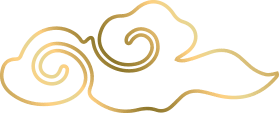

Reiki is an ancient Tibetan Buddhist practice. It comes from the Japanese words rei (soul/spirit/God) and ki (life force energy). It is an integrated body-mind practice. During a Reiki treatment, the energy that flows from an attuned healer's hands picks up blockages in the body and directs healing to the area, clearing it as it releases negative energy. This is followed by a feeling of well-being, where the 'ki' (or prana) flows naturally as physical organs and tissues complete their healing process. Reiki energy also raises the vibratory level in and around the physical body gently but powerfully.
What can Reiki heal? In its long history of use, it has helped heal nearly all illnesses, including multiple sclerosis, heart disease, cancer, skin problems, broken bones, headaches, flu and insomnia. It can treat non-physical ailments like anxiety, depression, other mental and emotional issues, situational challenges, and personal and relationship problems. Reiki works with all other medical and psychological treatment or healing modalities. In fact, Reiki enhances the results of any medical treatment, reducing negative side–effects, shortening healing time, reducing pain and stress and creating optimism. Many reputed hospitals like John Hopkins and Sloan Kettering offer Reiki to help speed up the body's healing process.
Reiki not only heals diseases but also amplifies innate abilities, balances the spirit, makes the body healthy, and thus helps achieve happiness.
